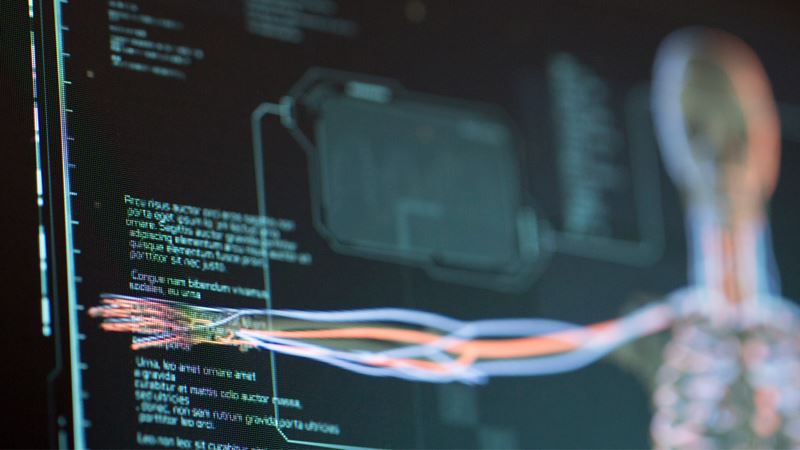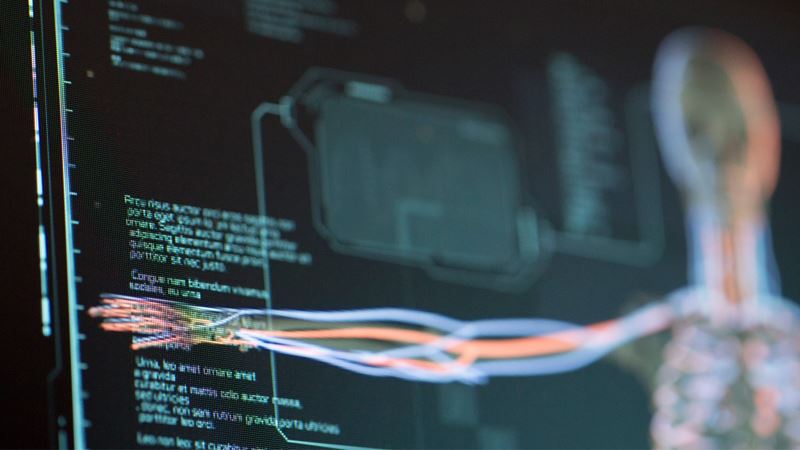
Alzheimer’s disease accounts for around 55 per cent of the 50 million-plus people with dementia worldwide,1 a number that will only increase as populations age. Alongside the direct suffering to patients is the burden on millions of family members and unpaid care-givers, who provided 15.3 billion hours of care, valued at USD256.7 billion in 2020 to those with AD and dementia.2 Yet despite the scale and cost, the pharmaceutical industry has, for over a century, failed to make headway in treating the condition, even as solutions were found for other neurological problems.
“Neurology is in the midst of a renaissance. Things that we didn’t think were treatable are now curable. We’ve seen incredible advancements in the way we treat multiple sclerosis, epilepsy, even brain cancers. But Alzheimer’s and neurodegenerative disorders have been a particular challenge, and part of that may be the complexity of diseases that occur late in life,” explains Matthew Schrag, neuroscientist and physician at Vanderbilt University in Nashville, Tennessee.
Recently however, there have been signs of hope. In 2021, the US Food and Drug Administration approved Aduhelm, the first new Alzheimer’s drug since 2003. Last September, pharmaceutical company Eisai reported phase III clinical trial data showing its own new therapy could slow the progression of Alzheimer’s disease by 27 per cent over an 18-month period. Soon after, rival Eli Lilly reported notable positive results from their Phase III study of donanemab in May 2023 which was been hailed as a turning point in the fight to treat the disease due to its ability to slow down memory loss and cognitive decline.
All of these treatments focus on the removal of a protein called amyloid from the brain.
The presence of amyloid plaques and neurofibrillary tangles formed from the protein tau in the brain are the pathological features of Alzheimer’s disease. These prevent neurons from communicating properly and set off a cascade of neurodegenerative processes that manifest in symptoms like cognitive decline, memory loss, poor judgement, and withdrawal from social activities.
Yet not everyone is convinced the accumulation of amyloid in the brain causes the disease. Indeed some argue it may even be a harmful distraction which delays the development of alternative treatments.
“I don’t think we have this thing entirely fixed, but this is at least a positive step which we desperately need in the field,” says Erik Musieke, Professor of Neurology at Washington University School of Medicine.

Hype versus hope
Recent clinical results on amyloid drugs sound impressive as percentages, and media coverage has breathlessly proclaimed them as a breakthrough. But the benefits were very small, explains Dr Rachael Neve, Director of Gene Technology Core at Massachusetts General Hospital and neuroscientist at Harvard Medical School. In effect, they show an improvement of 1/35th on an 18-point cognitive test carried out by patients.
The new therapies come with side effects including brain swelling and tiny brain bleeds and are impractical to administer; they are delivered via intravenous infusions rather than a tablet, and MRIs need to be performed to check for brain bleeds and other negative effects. “Think about what this means: every patient on these drugs will have to have expensive brain scans on an ongoing basis to make sure that they are not experiencing this potentially life-threatening side effect. This is unsustainable from a purely financial point of view,” cautioned Neve.
Beyond amyloids
While the debate about amyloids ranges on, there are other reasons to cheer Alzheimer's research, however modest.
Diagnostics are improving. Previously, the only way to determine if a person had dementia was via a post-mortem, but now biomarkers can detect the disease, spot early changes in the brain and track responses to drugs or interventions. While diagnostics include procedures such as a lumbar puncture (also known as a spinal tap), blood tests are now becoming more practical and available.
“We have incredible tools now for Alzheimer’s that are ahead of any other neurodegenerative disease in terms of biomarkers. We can identify people that have the biology years before they have any symptoms,” explains Musiek.
Researchers are advancing across many flanks. Inflammation, the role of blood vessels, oxidative stress, synaptic function, and sleep are all targets of interest for a disease that can develop over decades before it becomes perceptible.
Schrag thinks improving our understanding of metabolic processes could be key. “We have lots of proteins accumulating in the brain that don’t belong there and I think we have a very strong argument that we need to look at the waste disposal systems in the brain rather than just trying to get the protein out”.
Preventive research is also gaining ground. While it cannot help the small minority who are genetically predisposed to develop the condition, there are over a hundred trials in the US alone on non-pharmacological interventions like cognitive training, exercise and diet and funding for a database that tracks the health of Americans over decades in an effort to learn more about the disease.
Alzheimer’s disease could also benefit from improvements in neurological interventions more broadly. “We have the ability to get catheters into the brain and remove clots, and there has been an explosion in AI software that has helped make things move faster and more reliably, we’ve seen surgical equipment dramatically improve,” says Schrag. Technological advances in the field of neurology could help people live well despite some diseases, while researchers hunt for a cure.
“There’s a massive amount of growth. We just need to get neurodegeneration on that track.”
Investment Insights
- At Pictet Asset Management we believe a focus on health as one of the key long-term secular growth drivers (or megatrends). We therefore see strong thematic investment opportunities in both health and biotech sectors. We believe companies adding true value by increasing our healthspans (through prevention, better therapies and better access to medicine) are well-positioned to outperform over the long run.
- Central nervous system disorders are one of the priorities for the biotech industry given both the extent of suffering, the cost and expectations that the problem will only increase as our society ages. The annual global cost of dementia is now above USD 1.3 trillion and is expected to rise to USD2.8 trillion by 2030, according to Alzheimer’s Disease International.
- Latest developments in technology – including AI – are helping to bring about breakthroughs in terms of diagnostics and drug discovery. Out health and biotech teams are staying abreast of all the latest developments, always on the lookout for potential investment candidates.






